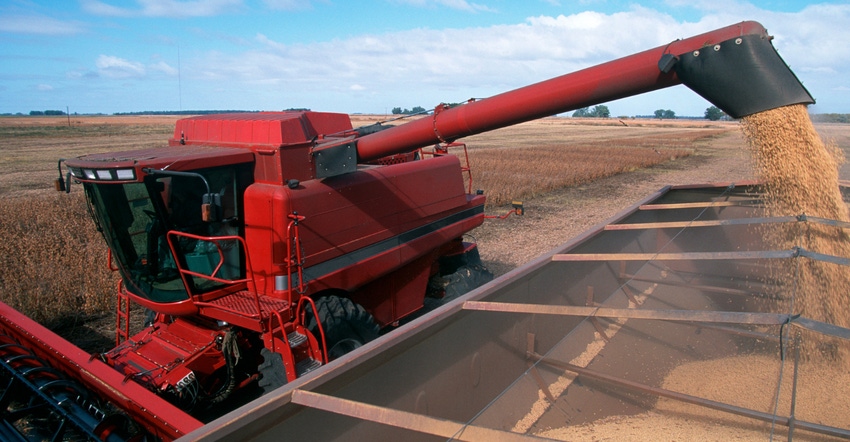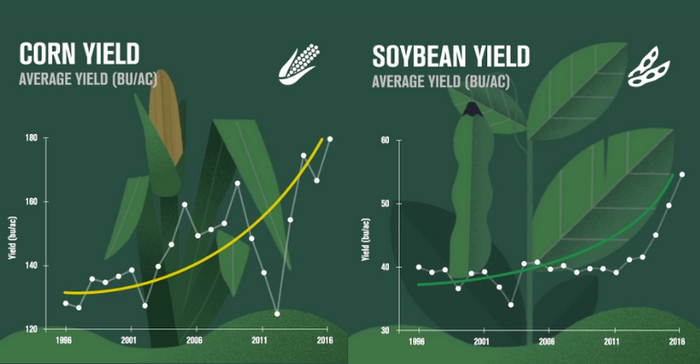January 1, 2019

Sponsored Content
Given continued increased yield over the past couple years, it should be of no surprise that the International Plant Nutrition Institute (IPNI) has reported steady declines in soil test nutrient levels. Such nutrients include phosphorus (P), potassium (K) and sulfur (S).
This leads to many questions. Are you keenly aware of revised nutrient removal rates? Are you adequately replacing removed nutrients? Will this lead to a soil nutrient crisis?
Every five years, IPNI publishes a summary of soil test levels across North America. In its latest summary (2015), several areas show reductions in median soil test levels for P and/or K. Some of the more notable areas of decline over the past 15 years include the eastern Corn Belt, eastern Canada, southern/central Plains, the Mississippi Delta and the southeast United States (IPNI, 2016).
Each bushel of corn removes about 0.67 lb nitrogen (N), 0.35 lb P2O5, 0.25 lb K2O and 0.08 lb S from the soil. A bushel of soybeans will remove 3.3 lbs N, 0.73 lb P2O5, 1.2 lbs K2O and 0.18 lb S (Figure 2). In a corn-soybean rotation, based on trend-line yields of 180-bushel corn and 50-bushel soybeans, it would require 191 lbs MAP/ac and 175 lbs MOP/ac to replace the P and K removed in the harvested grain. As yields approach 210 and 60 bu/ac for corn and soybeans, respectively, it will require nearly 226 lbs MAP/ac and 208 lbs MOP/ac to replace the nutrients removed and avoid soil test reductions. Applying fewer nutrients than are removed in the grain will cause soil test levels to decline over time. In many cases, fields with declining soil test levels may no longer be able to sustain the most profitable yield levels, especially when conditions are right for above-average trend-line yields.

It is important to keep in mind that crops require higher amounts of nutrients than just those removed by the grain at harvest. Nutrients from the soil and added fertilizers supply these uptake needs. About 80 percent of the P and 30 to 40 percent of the K taken up by corn and soybeans are removed in the grain.
The good news is that the additional 20 percent P and 60 to 70 percent K are retained in the stover and are recycled for future crops. Unfortunately, failing to replenish nutrients removed by the harvested grain leaves fewer nutrients in the soil to support uptake requirements, especially in years when grain yields are above average.
However, regardless of the situation each year, each field should be handled on a case-by-case basis. Identifying management practices to improve grain yield despite reduced grain prices has been an effective strategy to maintain high crop revenue and, ultimately, profit. We recommend you talk to your local retailer about a crop-nutrient management plan that will maximize your investment.
To learn more about nutrient removal and to calculate your own removal, please visit CropNutrition.com.
About the Author(s)
You May Also Like




